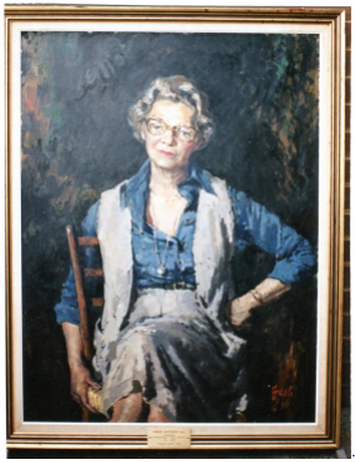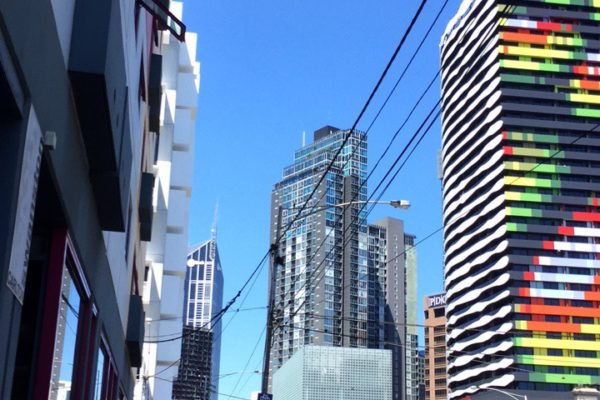If you look to the high-table, you will see an elegant portrait of Mavis Jackson, MBE. Indeed as some of us walk( or stumble frantically late) into the Mavis Jackson for room tutorials or what have you, let us be reminded of this tiny portion of her story.
Many IHers may relate to the international aspect of Jackson’s early life in that she was born in India and was sent to boarding school in Australia . And as some may expect, she went on to be educated by Melbourne University, completing a BSc in Microbiology and Biochemistry in 1931. What is striking is that she did so in a male dominated environment (consider this was 1930s, where university would have still have been dominated by gentlemen- educated males).
Jackson is one of the giants who shoulders we stand on- She was a member of the planning committee for international house. In the early 1950s, several fundraising fairs formed the preliminary efforts to raise funds for constructing IH, and Jackson was noted as a “catalyst” for fundraising. An interesting example of her contributions to fundraising was leading a stale selling men’s coloured underwear. It was in 1955 that The Council of the University of Melbourne would establish a council for the management of IH, and among many names we would recognise, Jackson was on this council; the founders. And there’s more! Jackson would go on to be the chair, and the first female one, of the council from 1973 until 1979.
Setting aside her contributions to IH, there is still much about Jackson that should inspire us. Jackson threw herself into her community in many admirable ways, being on the Yooralla Children’s Hospital School’s board of management from 1954-60, a member of The National Council of Women from 1957-60 and the Anti-cancer Council from 1967-84. Jackson was on the general committee of the Lyceum Club(an arts/literature/activism group for women).
Such was her contribution to this group, she served as president and towards the eve of her life she was called a “living treasure of the club”. Jackson use her education in Microbiology on a voluntary basis with the outbreak of total war in 1939. Here she would meet and marry Alan Jackson, after which she left the workforce. But she would return to paid employment, establishing a unit for Cytology(the study of cells & cell tissue) in 1962 and leading it for the next 15 years; she would be president of the Victorian Society of Cytology in 1966.
To finish off, let me say that considering the multitude of Jackson’s efforts I have presented to you, you may not be surprised that she was awarded the Silver jubilee award and became a member of the order of the British Empire. A rich life, Mavis Jackson thus.




